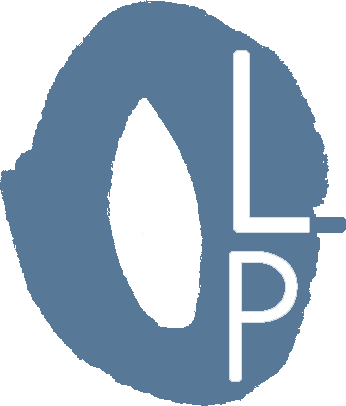Lower Back Pain & Sciatica
Disk issues and sciatica are the main reason most people seek out Pilates.
Pilates has a reputation for being able to help specifically with those issues. Although most Pilates classes will have the range of moves that are known to help with lower back and disk issues, we at Leith Pilates like to go a little further. We like to explain what the root cause of your pain is and how you can avoid it. We are all about preventing future damage and pain with easy to learn movements, strength building and building your awareness.
Many clients come to the studio still in pain from an acute back incident, but eager to strengthen as soon as possible. We also see a pattern of clients trying to move but their muscles are still gripping tightly to protect the spine. This causes more stress if those muscles are moved too quickly.
It was this problem of tightness, and fear of movement, that led Andy (our CEO) to create a unique system of movement in our classes. This means our back-care classes are all about slowly persuading your body to move as far as it wants to today. In the classes each move is taught at varying levels so that you can work at the energy and movement level you feel is right for you, which leads our clients to recommend our classes over the more generalised gym classes.
We teach you how to be aware of, and listen to, your body so you can push yourself just enough to get stronger in your own time.
Disks are the cartilage like substance that sits between each of our vertebrae. Disks cushion the bony vertebrae and act like shock absorbers allowing the spine to move smoothly in a specific range of movement.
It is normal for our disks to move around a little as our spine moves. Every time you bend over they slide a little this way and that to help protect the vertebrae. The problem starts with the fact we don’t move the way our bodies have taken many thousands of years to develop. Not only that but our western sedentary culture often stops us from doing much moving at all.
If we continue to move in this “off balance” way the disks will slide out further and eventually not return to their correct position. Bulging disks, pinched disks and slipped disks are all common phrases describing a disk that is under pressure and has deformed its shape in some way.
“A year on, you’ve no idea how all you’ve taught me has infiltrated my life – I rarely have a sore back now and am working on lots of little things in daily life – I can truly say you have changed my life for the better – loads!!! Thank you so much!”
DISK DAMAGE AND NERVE PAIN (SCIATICA)
Many of us are walking around with disks that aren’t sitting correctly, due to bad posture or wear, but they only cause us pain when they press on a nerve or collapse so much they allow the vertebrae to touch. That’s an extreme situation and we get plenty of warnings before that happens. The trick is to listen to the body before it has to scream at you to get your attention.
If a nerve is put under pressure, for example the well known Sciatic Nerve, this starts a cycle of events… In response to nerve pain the supporting muscles around the spine (usually the lower back) often tighten up to protect the spine. These muscles often relax after a few days but over time that pattern happens more and more often until the muscle tightness becomes constant. The lower back muscles become tight to help us but often end up locking us in a position to limit our movement. This tightening means another part of the spine has to move more to make up for the lower part not moving and this starts more wear in that area, and so on.
Pilates classes will loosen the tight muscles and build strength in the areas you need to support your spine and reduce pain and future wear.




